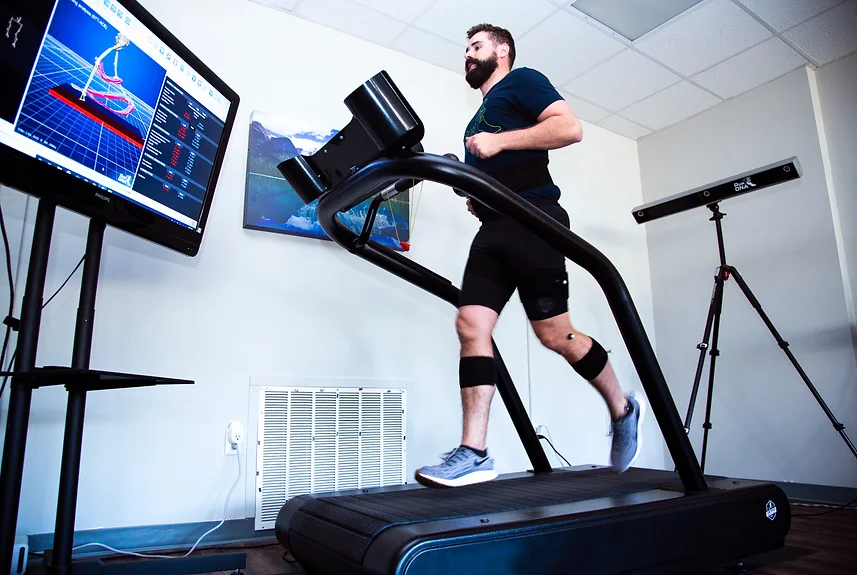3D motion capture technology has revolutionised the way we understand human movement. In particular, its use in biomechanical running analysis has enabled coaches, physiotherapists and other healthcare professionals to improve the way they address injuries and enhance athlete performance.
One of the leaders in the use of 3D motion capture in biomechanical running analysis is Doug Adams, founder of RunDNA. Using an advanced system of cameras and sensors, Adams can capture a runner’s motion in real time and provide a detailed view of how their body moves as they run.
Once the information has been captured, Adams uses specialised software to analyse the data and provide valuable insights into his client’s running technique. This cutting-edge analysis can include a variety of measurements, such as stride efficiency, cadence, stride length, trunk lean and more.
With this accurate information, Adams’ clients can better understand how they move while running and what areas they need to improve to prevent injury and improve their performance. In addition, physicians often refer patients specifically for treatment with the system, knowing that 3D motion capture technology can provide a complete and accurate picture of a patient’s rehabilitation needs.
In short, 3D motion capture is an extremely valuable tool for biomechanical running analysis. With the help of professionals like Doug Adams of RunDNA, athletes and patients can receive a detailed and accurate analysis of their movement, allowing them to improve their technique, prevent injury and improve their performance.
